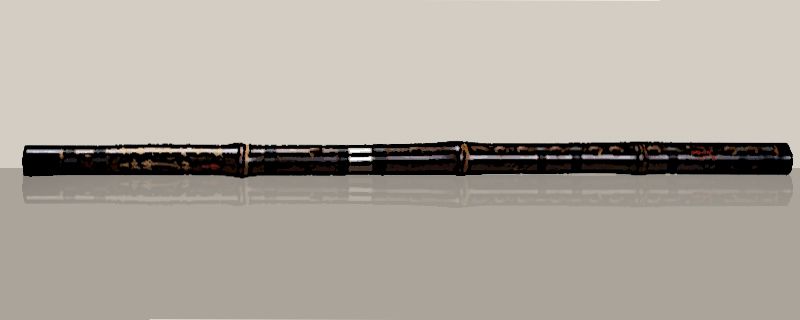What key is the flute generally used for?
There is no one tune for the flute that is omnipotent, and it can only be said that there are more tunes in this tune than other tunes. There are many daily tunes in the key of C, followed by the key of G, and then the key of D. The flute in the key of G can be played in all three keys by changing the fingering, which is relatively more versatile.

Dizi is the oldest Han musical instrument discovered so far, and it is also the most representative and most nationally characteristic wind instrument among the Han musical instruments. One of the commonly used horizontal woodwind instruments in traditional Chinese music, the Chinese bamboo flute, is generally divided into the southern flute, the northern bang flute and the alto flute in between. The range can generally reach two octaves and more than two indivual.
Dizi is often used in Chinese folk music, opera, Chinese national orchestras, Western symphony orchestras and modern music, and is one of the representative instruments of Chinese music. In the national band, the flute is an important wind instrument and is regarded as the representative of the national wind music.
Playing the flute requires more than just flexible fingers. It is also necessary to control the breath properly. It is absolutely impossible to play the flute if the breath is insufficient or cannot be controlled. In addition to breath, it is also related to the lips. The flute has a lot of ingenuity. Anyone who knows the flute knows that the mouth and the flute have an inseparable relationship.
The tone of the flute is closely related to the tone of voice, and this issue is also a key that cannot be ignored in the practice of the flute. For example, the size and diameter of the breath of the lips passing through the low, middle and high pitches are different, and it needs to be adjusted according to the music at any time. If the lips are not broken, the flute music cannot express the ideal timbre.
 渝公网安备 50010702504639号
渝公网安备 50010702504639号